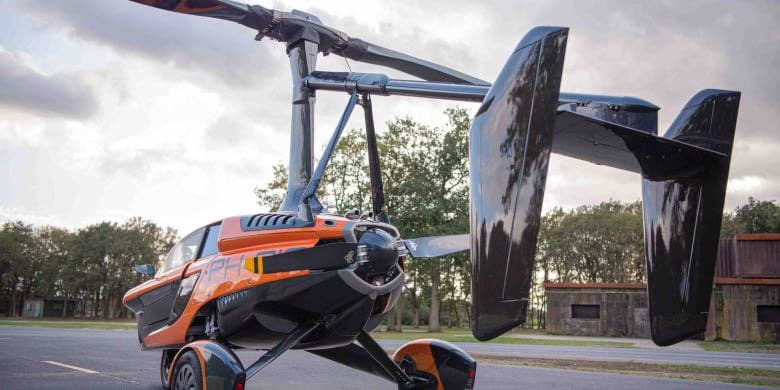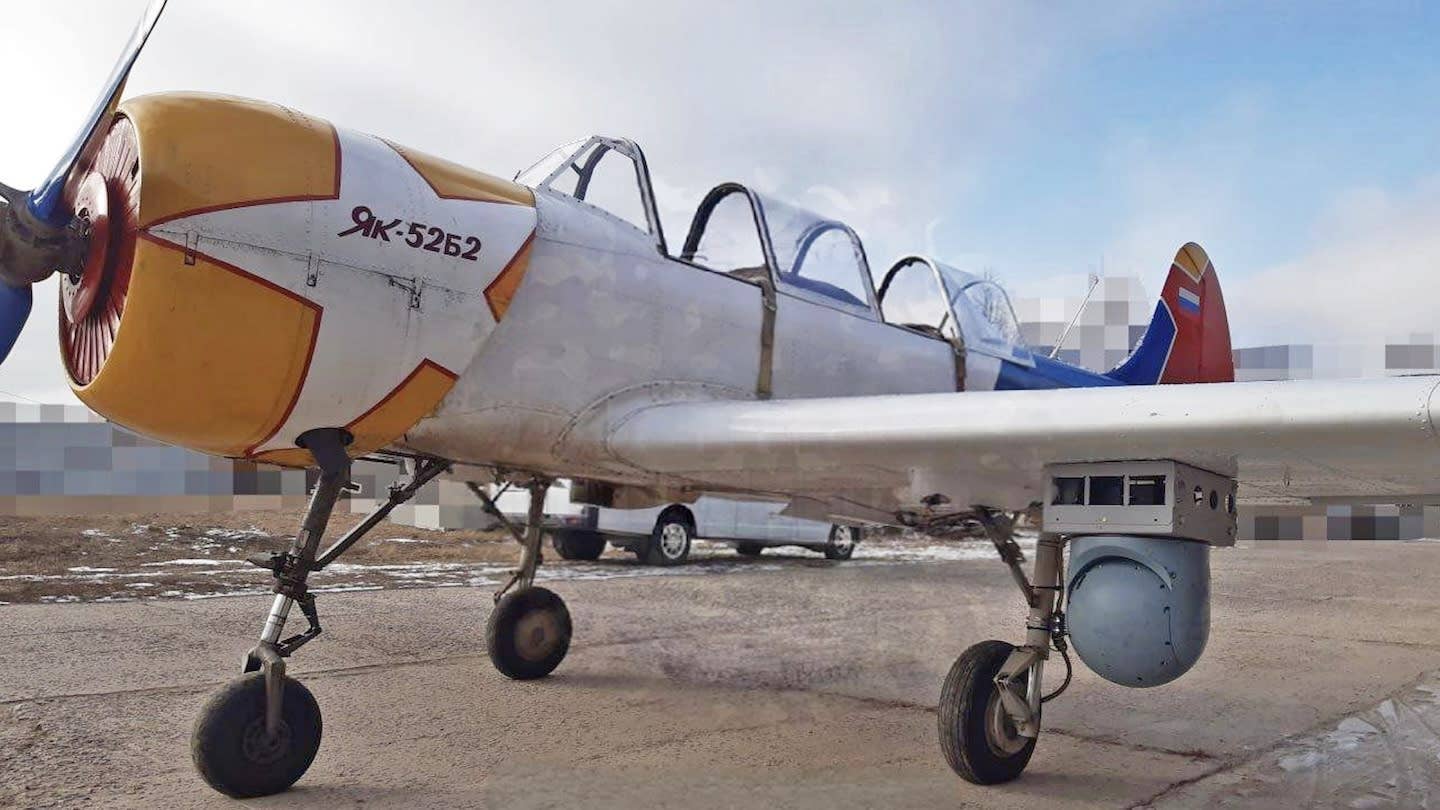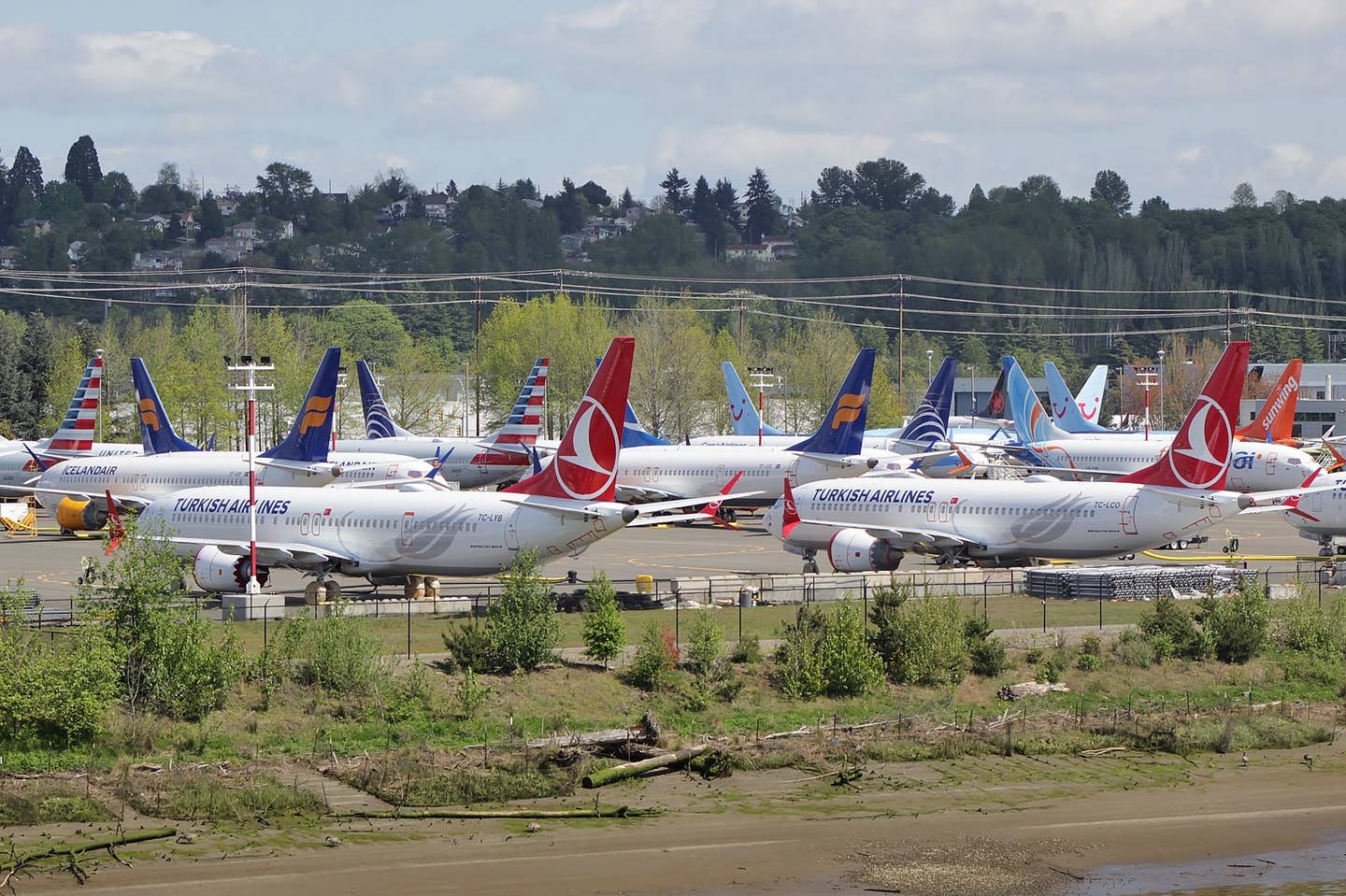PAL-V Finalizes Flying Car Certification Basis With EASA
Flying car company PAL-V has announced that it has completed the full certification basis for its Liberty roadable aircraft with the European Aviation Safety Agency (EASA). According to the company,…

Image: PAL-V
Flying car company PAL-V has announced that it has completed the full certification basis for its Liberty roadable aircraft with the European Aviation Safety Agency (EASA). According to the company, a list of more than 1,500 criteria based on EASA’s Certification Specifications for Small Rotorcraft (CS-27) was amended to make it applicable to the Liberty. PAL-V has previously stated that it hopes to complete EASA certification of the aircraft by the end of 2022.
“The development of the requirements started in 2009,” said PAL-V head of airworthiness Cees Borsboom. “More than 10 years of analysis, test data, flight tests, and drive tests, led to this important milestone. In parallel, we already started compliance demonstration to obtain the type certificate, which will be followed by delivery of vehicles to our customers.”
The two-seat PAL-V Liberty roadable gyroplane has a maximum speed of 180 km/h (97 knots), useful load of 246 kilograms (542 pounds) and range of 500 kilometers (270 NM) in the air. On the ground, the Rotax 912iS-powered vehicle can travel at 160 km/h (100 MPH) with a range of 1,315 kilometers (817 miles). As previously reported by AVweb, the Liberty design passed its European road admission tests last October.






